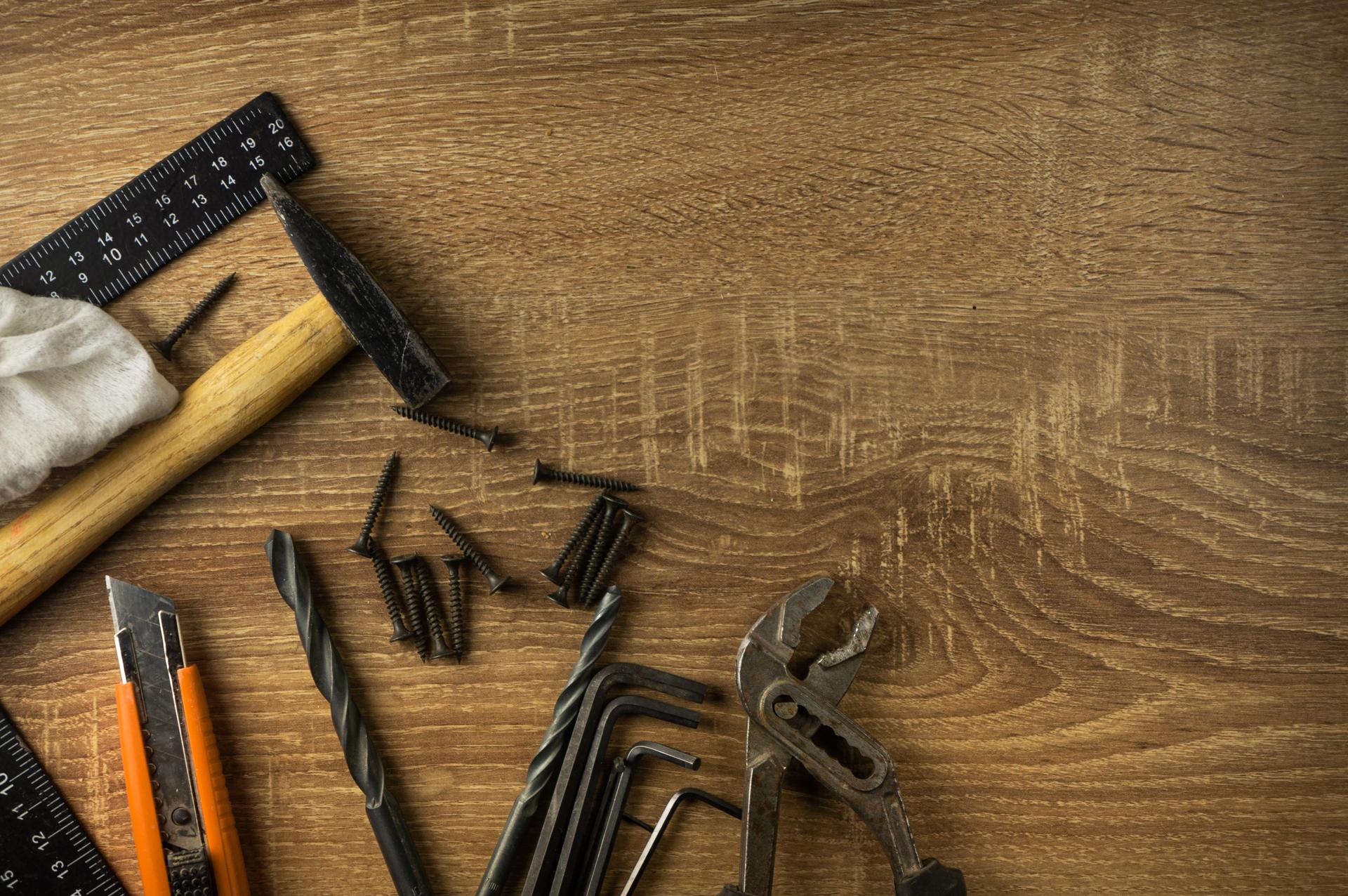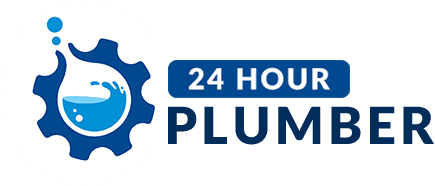Do-It-Yourself Plumbing: A Comprehensive Guide to Fixing Home Plumbing Problems

The plumbing system is an integral component of every home. If they’re not properly maintained, they can become an issue for many, leading to inconvenience and expensive repairs.
But, there are many benefits to learning how to resolve small plumbing problems yourself, such as saving money and gaining useful abilities. The following article we’ll examine common plumbing issues and how to fix them yourself. them.
Common Plumbing Issues
Dripping Faucets
Dripping faucets aren’t only irritating, they also waste a significant quantity of water in the course of. The most typical cause of the faucet to drip is a worn-out washer, or an O-ring. To resolve this issue, turn off the supply of water for the faucet. disassemble the handle, and then replace the worn-out O-ring or washer.
Running Toilets
A running toilet is a frequent plumbing problem that could result in a significant loss of water. The most common reason is a defective flapper valve that doesn’t seal properly, allowing water to flow from the tank into the bowl. To correct this problem shut off water to your toilet. Then, open the lid from the tank, and change or adjust the valve that seals it.
Clogged Drains
Drains that are clogged can be caused by a variety of factors, including soap, hair, or food particles. To fix this issue, you can try using the plunger or drain snake to eliminate the clog. Alternately, you could make a paste of vinegar and baking soda to break up the blockage.
Low Water Pressure
Low pressure water in the pipes can be caused by various reasons, such as the buildup of minerals in the pipes or a faulty pressure regulator. To fix this issue it is possible to clean the aerator or replacing pressure regulator.
Tools required for DIY plumbing
For DIY plumbing, you will require some basic tools like an adjustable wrench, a plunger pipe wrench Teflon tape, and the screwdriver. The tools you have on hand will make it easier to fix minor plumbing issues.
Safety Tips for DIY Plumbing
Safety should always be a top priority when performing any plumbing work that you do yourself. A few safety tips to consider include turning off the water source prior to beginning any repair, wearing safety glasses and gloves, and keeping a first-aid kit nearby in case emergency situations.
DIY Plumbing Techniques
To resolve common plumbing issues for common plumbing issues, you’ll need to learn some DIY plumbing techniques such as how to shut off your water source and how to fix a leaky faucet and how to fix the issue of a toilet that is running or unblock the drain, and ways to increase the pressure in your water. These techniques can save you time and money on small plumbing repairs.
Conclusion
In the end, knowing how to repair minor plumbing issues yourself can be beneficial in various ways. Not only will it cost you less costs, but you can provide you with an appreciation for your efforts and valuable abilities. For more serious plumbing problems, it’s recommended to contact an experienced plumber.
FAQ
Can I fix a plumbing problem myself?
Yes, you can fix minor plumbing problems yourself by learning basic plumbing tips for DIY.
What are the most frequent plumbing issues?
The most frequently encountered plumbing problems are dripping water from faucets blocked drains, and low water pressure.
What tools do I need for plumbing projects at home?
You will need a few indispensable tools like an adjustable wrench, a plunger, pipe wrench, Teflon tape and a screwdriver.
Is DIY plumbing safe?
DIY plumbing is safe if you follow safety guidelines and take proper precautions.
What is the best time to call a professional plumber?
It is recommended to contact a professional plumber to address plumbing issues that require specialist equipment and experience.
